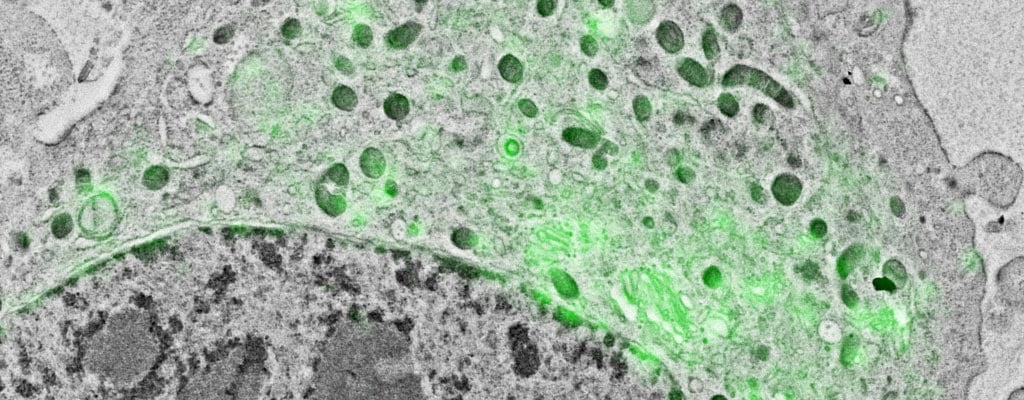Engineers at Stanford University and the FOM Institute AMOLF, in the Netherlands, have developed a way to visualize the optical properties of objects that are thousands of times smaller than a grain of sand, in 3-D and with nanometer-scale resolution.
To design the next generation of optical devices, ranging from efficient solar panels to LEDs to optical transistors, engineers will need a 3-dimensional image depicting how light interacts with these objects on the nanoscale. Unfortunately, the characterisation of optical properties at the nanoscale is a challenge due to the diffraction limit which is inherent in optical techniques. As a result, cathodoluminescence is an increasingly popular technology.
By combining cathodoluminescence with optical tomography, they have a unique combination of two techniques to enable the generation of 3-D maps of the optical landscape of objects with nanometer-scale resolution. The study is published in the current issue of Nature Nanotechnology.
Reference & Contact
Nanoscale optical tomography with cathodoluminescence spectroscopy, Nature Nanotechnology 10, (2015), doi:10.1038/nnano.2015.39
Press release AMOLF, Nanoscale optical tomography using electrons, April 6, 2015
Stanford News, Stanford engineers devise optical method for producing high-res, 3-D images of nanoscale objects, April 7, 2015
Toon Coenen, application specialist: coenen@delmic.com
.png)



